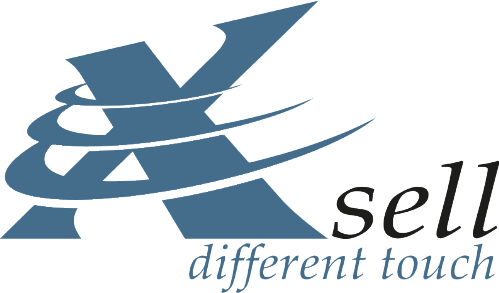The term "Hybrid CMS" is quite new, you probably know more about the traditional CMS. A traditional CMS manages the modification and
publishing of digital content in a collaborative environment for presentation on a website. It handles text, metadata, design, hierarchy,
user roles, search, publishing dates, to name a few. This used to be the case. But now the world has changed. You could even say that it
has lost its head (headless). Inflexible marketing IT architectures can slow down a company's digital transformation and
significantly impede new business models.
What is a Headless CMS? Why is a hybrid CMS, as provided by Smartstore, better?
To explain this we first have to look at the
traditional CMS. There are two components, the backend and the frontend. Both are firmly connected to each other and are probably located
on the same server. They are basically one coherent software product. As mentioned above, this form has several disadvantages. The
content, design and user experience (UX) are tightly connected, therefore it is rather inflexible and can only be extended with effort. In
addition, the content is usually designed for only one specific channel, usually the own website.
Okay, I got that. And what exactly is a headless CMS?
A Headless CMS is an attempt to overcome the disadvantages of a traditional CMS. A headless CMS is a certain form of service
architecture in which the user frontend, for example the shop interface, is missing or can be replaced or supplemented very easily by
another one. A headless CMS is mainly used when multiple channels have to be covered. These could be web and mobile apps, shops, digital
signage and voice assistants, for example. The number of touchpoints can be expanded as required, all of which access the same content
pool. But this system also has disadvantages. One example is the greater complexity of setup and operation compared to a standardized
Web CMS application. The demands on project staff may be higher because several different technologies are used. A pure headless
architecture excludes deep integration, i.e. central features of shop systems, for example, may remain unused.
What could be done through touchpoints (channels)?
The possibilities are now enormous. Intelligent voice assistants, POS (point of sales) and in-store interfaces offer consumers new
ways to find out about products, read reviews and place orders. In other words, consumers are embracing the new era, even though most
retailers haven't done so (yet).
- Traditional Online Shop (Desktop & Mobile)
- Marketplaces (Amazon, ebay, Rakuten etc.)
- POS, In-Store-Kiosks & -Displays
- Individual B2B order portals
- Smartwatches
- Voice Commerce (e.g. Amazon Alexa)
- Virtual Reality & Augmented Reality
- IoT Devices
And why should Smartstore's Hybrid CMS be the better system?
Just like a headless CMS, Smartstore also has its own separate backend. Using our plugin architecture and the OData-based REST API,
you can connect various touchpoints as you wish. In addition, there is an integration between the shop and the CMS backend, with which
you can play out the advantages of both worlds. But what is much more important, you do not have to choose between the classic CMS and
a pure headless CMS. With our hybrid approach you get a high flexibility without detours and a better user experience for the
different touchpoints. With our CMS Page Builder integrated in Smartstore, you can easily design textual and graphical content by drag
& drop in a WYSIWYG editor. At the same time, plug-ins and the OData-based REST API allow you to use Headless to design frequently
changing content areas of the website (which should also be changed in other channels) "headless", while rarely changed page
components can be played out "classically". On the other hand, all content elements are available "out of the box" for any new
channels or touchpoints without any complex integration projects. Agile teams can create new user experiences based on rights and
roles without having to build up separate content silos.
I understand, headless is good - hybrid is better, do I have to purchase one of the editions?
No, our CMS Page Builder is a plugin and can be purchased individually via the Smartstore marketplace. The OData based REST-API,
on the other hand, can be used for free starting with the Community Edition. With the two enterprise-class CMS features, CMS Page
Builder and the OData REST API, you can implement overviews, rights- and role-based security features, workflows and versioning with
the usual efficiency. In addition, complex multi-brand and multi-site scenarios can be easily implemented. Your marketers and
editors can intuitively maintain content as usual, regardless of whether this content comes from adjacent internal or external
systems. The integration of AI-based personalization, automated content creation, campaign management, shoppable video and much more
is a piece of cake thanks to the close connection of Microsoft Azure.
Not everything was better in the past.
Ready to get started?
Contact us or try Smartstore for free. Contact sales

